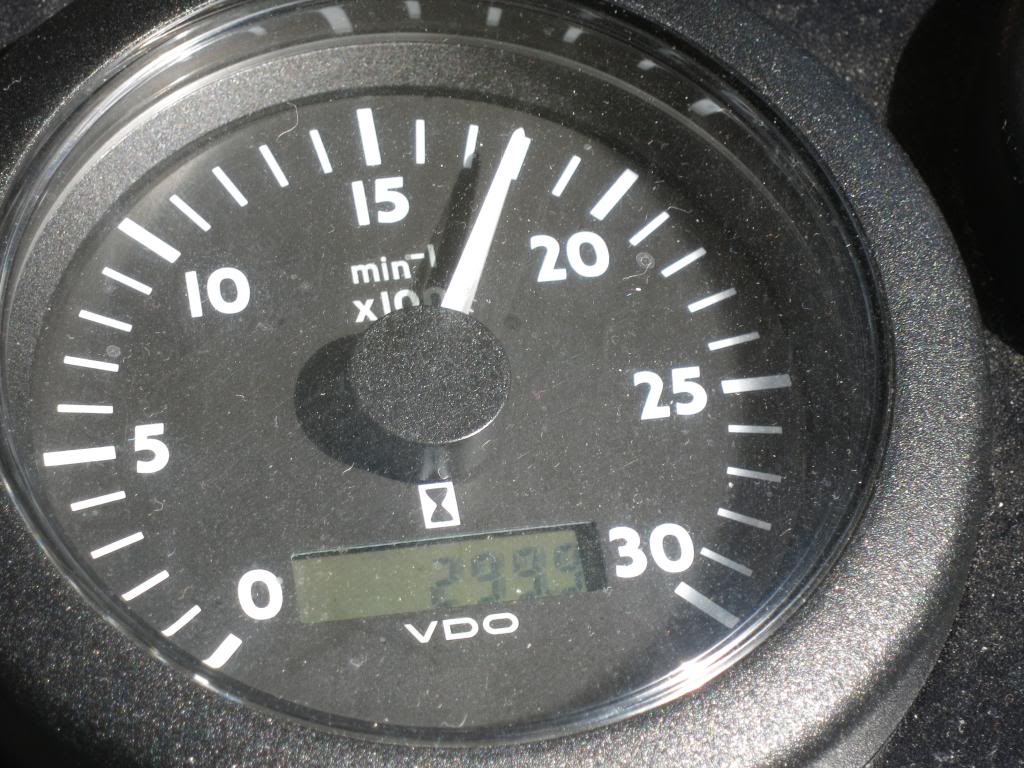eyschulman
Guru
- Joined
- Apr 1, 2014
- Messages
- 1,288
I have noticed in talking to owners of power boats that I evaluate during a CGAUX safety check ( Not a safety issue )that not too many are familiar with the process of a formal sea trial related to the propping and loading of their engines. I would think the posters and readers on TF would probably score higher in this area of boat management. I am curious to know how many have done this with their boats and do follow up with regular WOT checks for overloading. Are their posters and readers who have no idea what this is about as are many of the boaters I have come across? Does this site have a detailed description of this process which is a easy DIY? If not would that be a valuable addition to the site?

